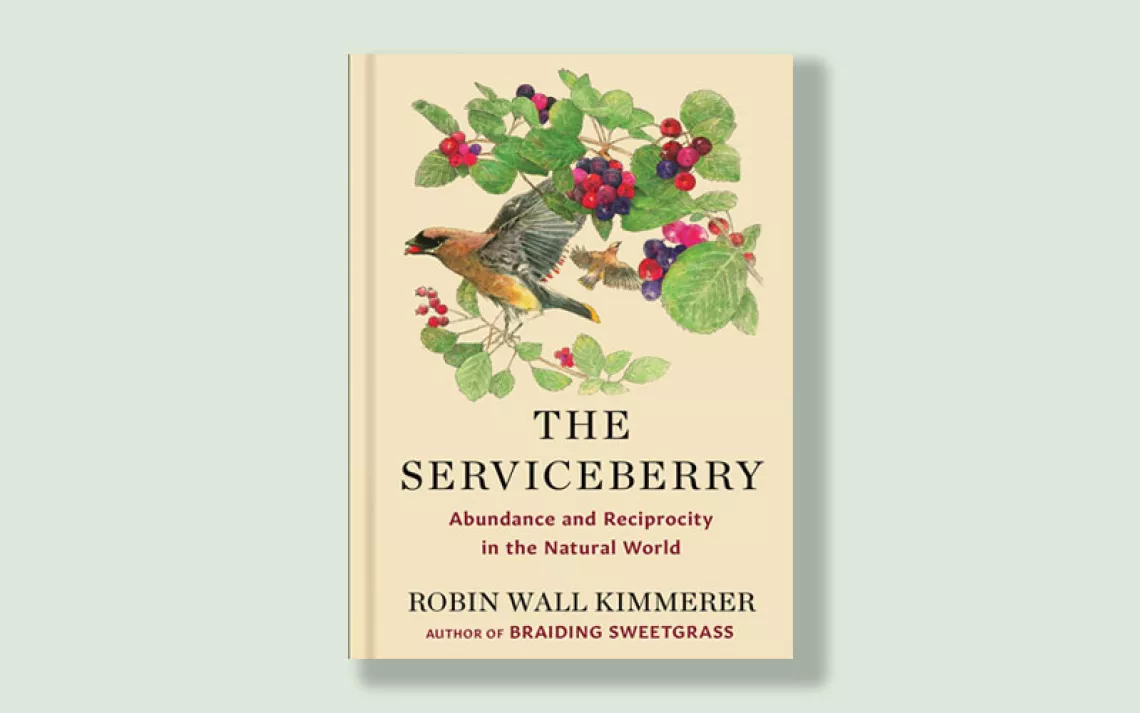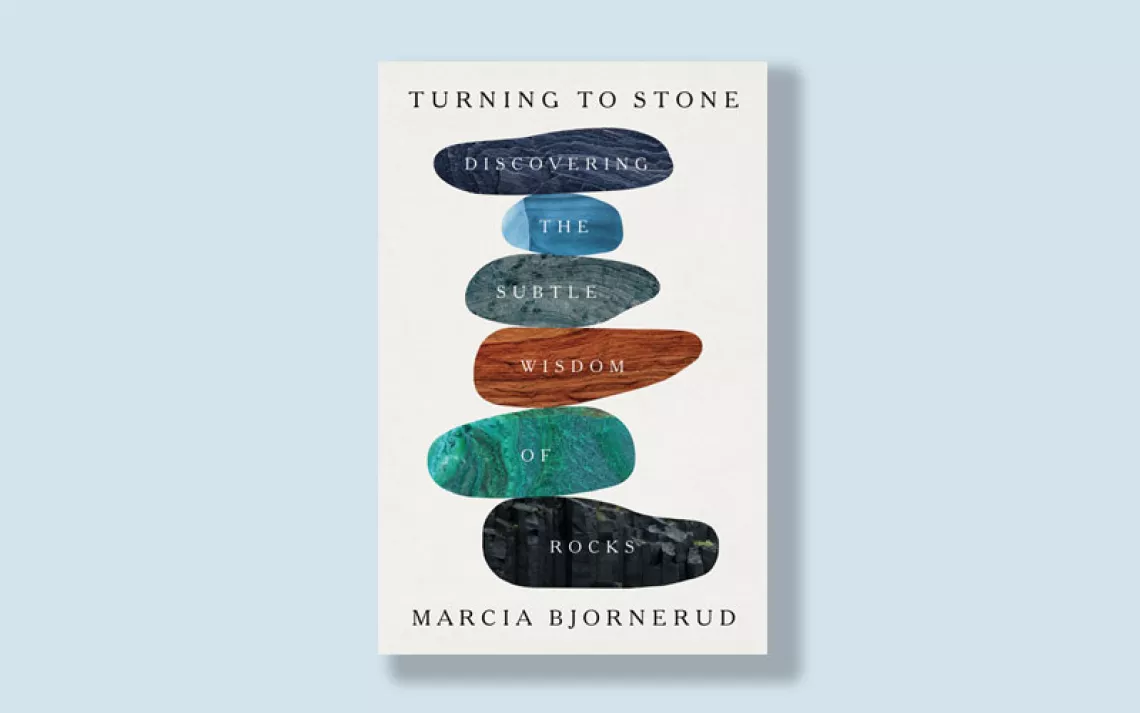On the Sensibilities of an Ecologist
"Beloved Beasts" tracks the history of the conservation movement
 Near the beginning of her new book, Beloved Beasts: Fighting for Life in an Age of Extinction (W.W. Norton & Company, 2021), science writer Michelle Nijhuis poses a question: "Why should any of us make sacrifices . . . to ensure the persistence of other species on the planet?" She spends the rest of the book teasing out that why by exploring the hows and the whos of the global conservation movement. The result is an environmental history that is essential reading for anyone committed to preserving life on Earth.
Near the beginning of her new book, Beloved Beasts: Fighting for Life in an Age of Extinction (W.W. Norton & Company, 2021), science writer Michelle Nijhuis poses a question: "Why should any of us make sacrifices . . . to ensure the persistence of other species on the planet?" She spends the rest of the book teasing out that why by exploring the hows and the whos of the global conservation movement. The result is an environmental history that is essential reading for anyone committed to preserving life on Earth.
Beloved Beasts is a book about animals, told through the biographies of people who have sought to provide them sanctuary. Nijhuis weaves some of the boldfaced names of conservation history—Aldo Leopold, Rachel Carson—together with lesser-known figures. She profiles Rosalie Edge, a mid-20th-century pamphleteer who spurred the Audubon Society to greater activism, and Julian Huxley, a British dilettante who cofounded the International Union for the Conservation of Nature.
Nijhuis brings to these capsule histories the sensibilities of an ecologist. She's always on the lookout for relationships, and in the process reveals how the conservation and environmental movements (separate entities, she makes clear) operate like an ecosystem. Which is to say that these movements have been shaped by cooperation as well as competition—competition between those who seek to protect resources for people and those who hope to guard landscapes from people. No matter their individual passions, all the heroes who appear in this book remain a single community—one held together by a shared love of life itself.
This article appeared in the March/April edition with the headline "Labor of Love."
 The Magazine of The Sierra Club
The Magazine of The Sierra Club



